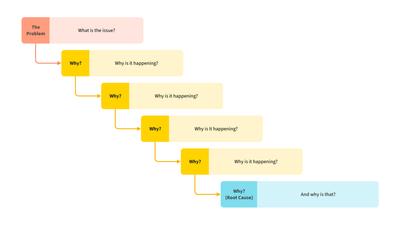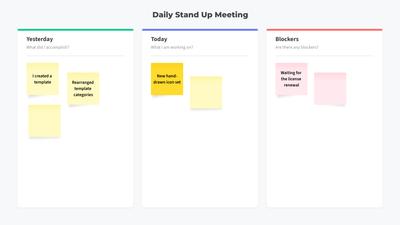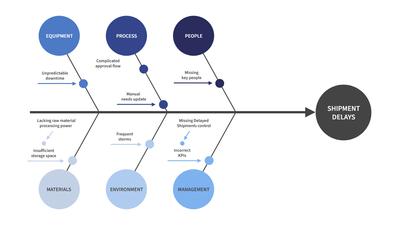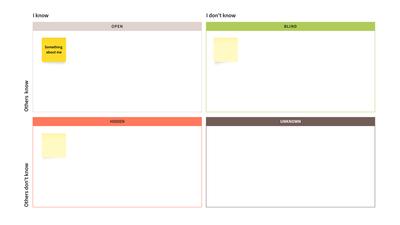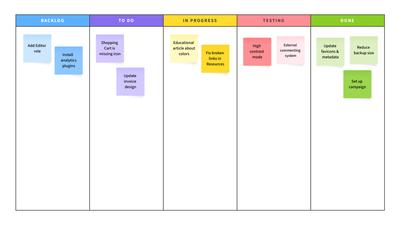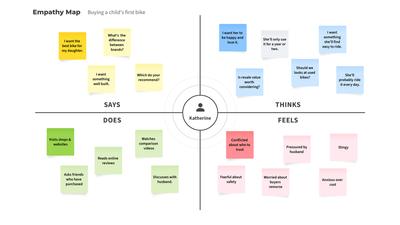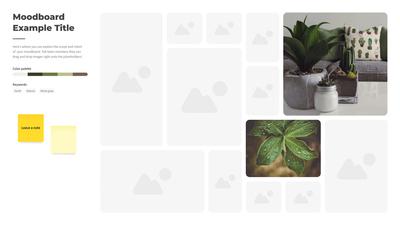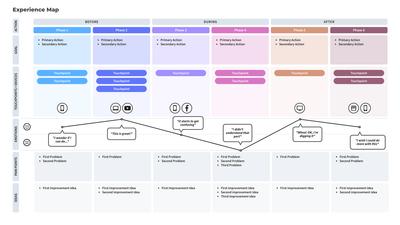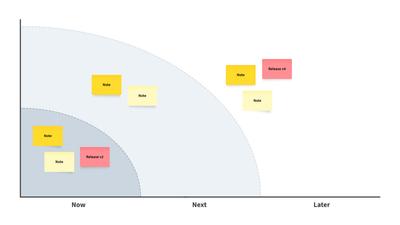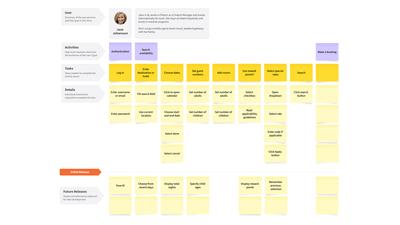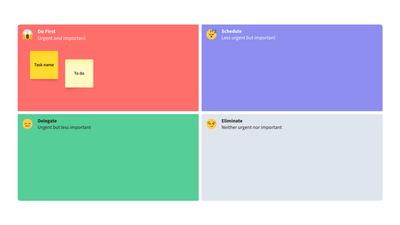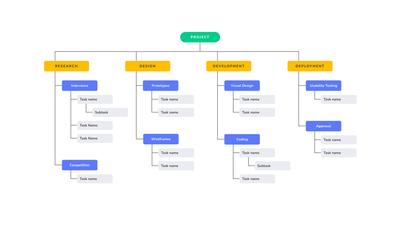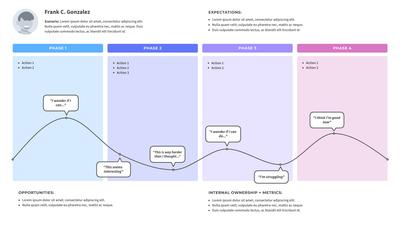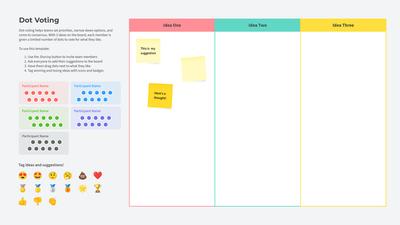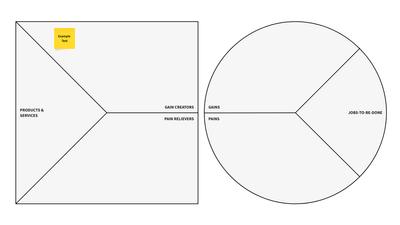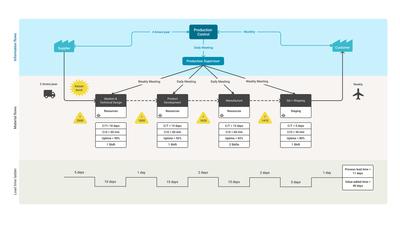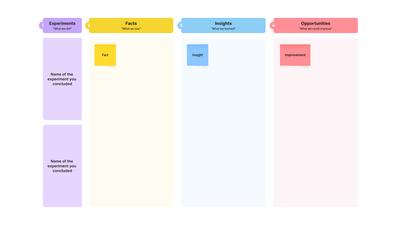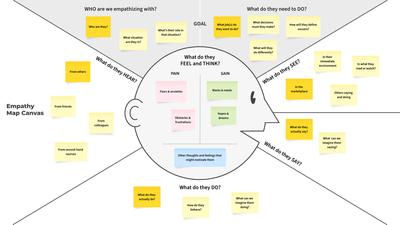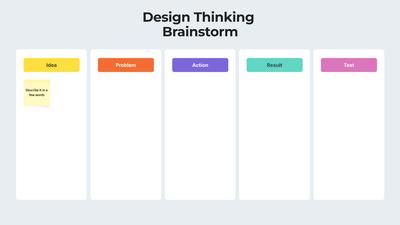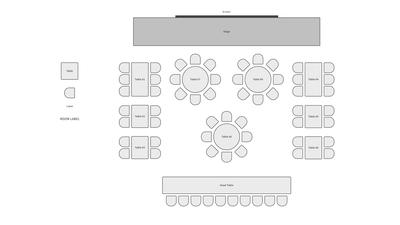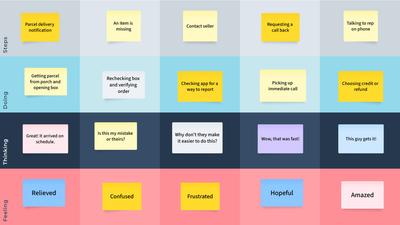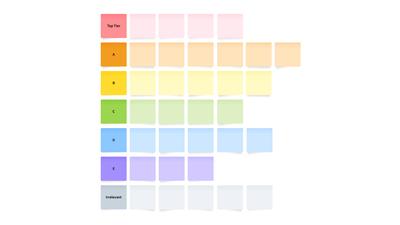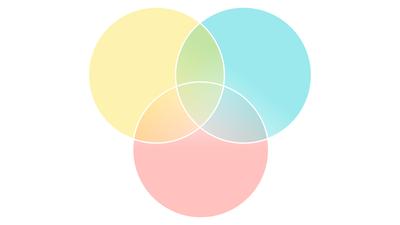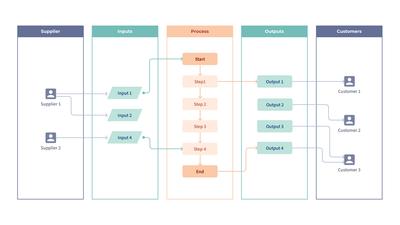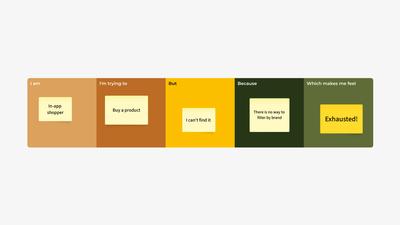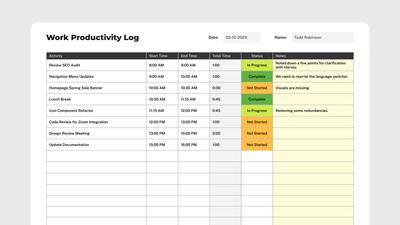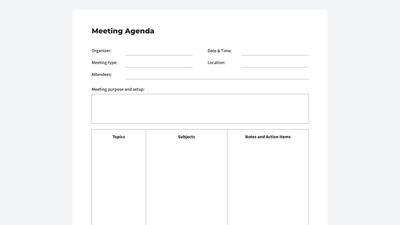Planning and Ideation Templates
Generate ideas, collate research, prioritize initiatives, manage projects, organize feedback and refine your processes. No matter where you are in your workflow, Moqups has the right template!
Templates in this category
What are ideation and planning templates?
Although the word 'ideation' has been around for a couple of hundred years, it's become an increasingly popular coinage. That's because it describes a process which is hard to capture with any other word: The generation of new ideas – and possible solutions – through collaborative brainstorming, filtering, and feedback.
With the advent of Design Thinking and Agile workflows, teams have come to rely on a shared creative input between members, departments, stakeholders – and even end users – as part of their process. Today's cross functional teams work both sync and async to ideate, make decisions, and plan projects.
The right planning and ideation templates can provide the required structure and framework to help teams organize their ideas and individuals at any point in the concept-to-product process.
For instance, teams often use brainstorming and conceptual mapping templates at the beginning of their development process. Then, as those ideas develop into projects, research and prioritization templates let teams organize and manage those initiatives.
Planning and project management templates help with sprints and product development. And, once a process is complete, retrospective templates provide valuable feedback that can streamline and improve the next iteration.
Who uses planning and ideations templates?
No matter what your role or department, Moqups has templates and frameworks that can streamline your process at any point in your workflow — no matter what your focus. Here are just a few examples:
Marketing Teams use affinity diagram templates to organize customer research and identify trends. Customer journey maps let marketers focus on specific user interactions within a product. And storyboard templates help writers, illustrators and animators plan videos and presentations.
Consultants use SWOT analysis templates to assess opportunities, threats and competition within industries. Growth engine boards help analysts plan and execute growth strategies. And Stakeholder mapping helps agencies build tailored communication strategies for their clients.
Product Managers rely on user story map templates to analyze user interactions and prioritize development. Release roadmaps help development teams plan and sequence product releases. And daily standup templates provide teams with status updates and ensures alignment.
UI and UX Designers use experience maps to visualize user goals, hesitations and pain points across multiple brand channels. Empathy map templates help capture a user's mindset and feelings about a product. User personas help teams define the needs of ideal customer types.
Founders use Porter's Five Forces to identify entrepreneurial risks and opportunities. A business model canvas can help business owners define and improve their operations. And competitor analysis templates let CEOs assess the competitive landscape within their industry.
Project Managers use Eisenhower matrix templates to categorize, prioritize and delegate tasks. Gantt charts let team leaders schedule initiatives and track their progress. And 4L's retrospectives help teams improve their workflow by reflecting on what they liked, lacked, learned and longed for.
Engineers use the 5 Whys analysis to quickly find root causes of issues. Cause and effect diagrams let them drill down and identify more complex or non-sequential contributing factors. And engineering teams rely on Kanban board templates to visualize their workflow, prioritize and stay aligned.
Choose from 100+ pre-designed templates
Match your use case and get your team going!
Sign up for free



